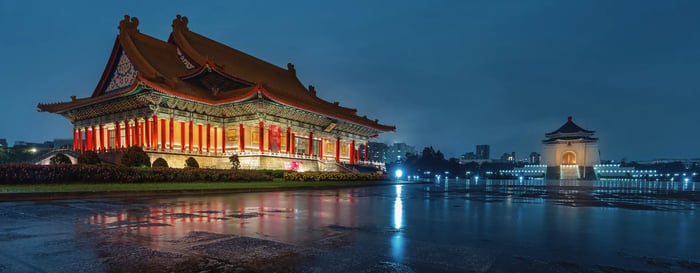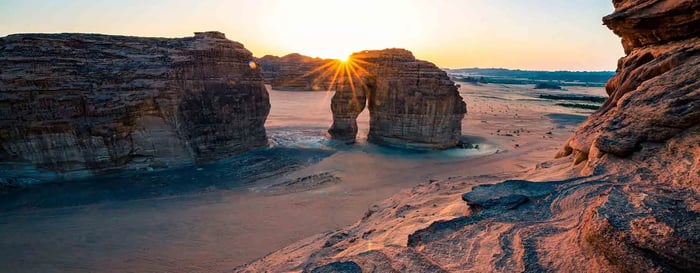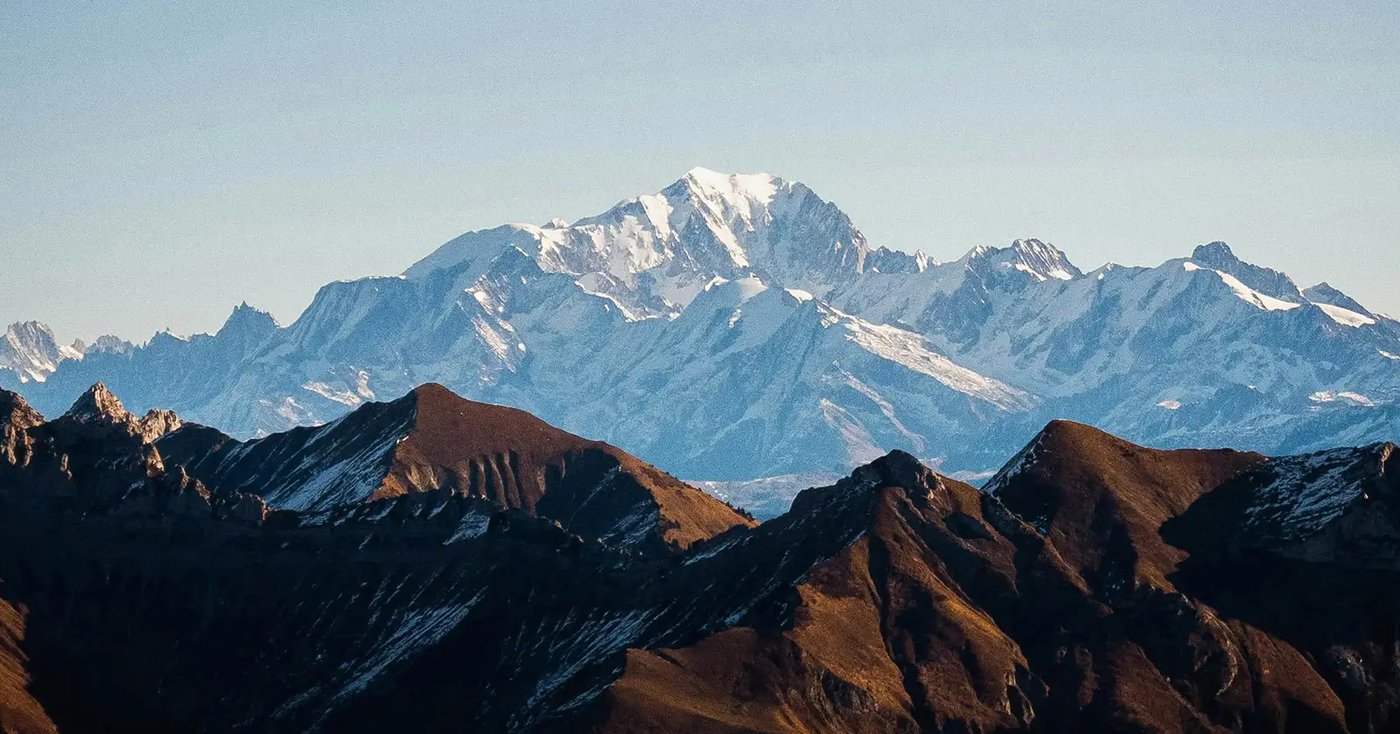The Nile is one of the world’s iconic rivers, and there’s no better way to experience it than boat. While there’s a myriad of ways to travel, from towering commercial cruise liners through to the paddle steamer SS Sudan, which inspired Agatha Christie’s Death on the Nile, to elegant low-lying dahabiyas, on a felucca you can have the craft entirely to yourself – well, but for our Nubian crew. And, of course, you’re travelling entirely by sail, without the noise, vibration or pollution of an engine – travelling, in fact, like many ancient Egyptians did.
Setting out from Aswan, the chilled little Nubian city set around islands in the Nile, the journey felt timeless. Water levels have changed since the Aswan High Dam was built during the 1960s, meaning Egyptians could finally control the flooding of their river. Yet, from the candy-coloured houses on Elephantine Island to the vast mass of the Temple of Philae to the children playing on the golden sand beaches, it didn’t feel like the 21st century.

But for the mobile phones and the press of tuk-tuks, market day in the little town of Daraw proceeded as it has done since time immemorial. Veiled women shopped for perfumes, butchers hacked at slabs of camel or beef, market vendors sold fresh fruit and vegetables, while flaneurs shot the breeze over shisha and sweet tea.
We had missed the main day for Daraw’s camel market, when as many as 2,000 camels and their drivers roll into town from Darfur, Sudan, following an ancient trade route that runs for over 2,000km across the Sahara. But there was still plenty of activity. In a sandy parking lot, a pair of dealers, who came all the way from Cairo, were taking their purchases home, or, more technically, putting them into the bed of a pickup. Six braying, protesting ungulates suddenly fell silent once all were sitting down, long necks and narrow faces sprouting from the mass of humped bodies like a single many-headed monster.
The rhythms of life on board a felucca are blissfully simple, particularly if you’re not doing the hard work. The sounds are soothing: the slap of a sail catching the breeze as you tack from bank to bank, the murmur of water against the bow. By day, we lounged on quilts and cushions atop the deck; by night, we slept under the brilliant desert stars, soothed by the almost imperceptible rocking of the boat. Ashraf, our captain, looked after the food – simple but delicious fare of salads, spiced meats, dates and fruit, cooked over a small gas stove. But for the occasional wash of passing cruise ships, the nights were calm.
Not far from Daraw, we stopped at Kom Ombo, a double temple that’s dedicated to the falcon-headed god Horus and the crocodile god Sobek, set on a pretty curve in the river. We saw the pool where, in ancient times, priests raised sacred crocodiles, and toured the museum where the mummies of the sacred beasts are preserved, adults, juveniles, even eggs.
At Gebel Silsila, an ancient sandstone quarry that still bears the cutmarks of stones harvested for the temples of Luxor and Karnak, we climbed into chapels hewn from the cliffs. Raw rock windows framed views of reflecting waters, palms and reeds that seemed as though they had hardly changed in the 3,500-or-so years since they were carved, perched high above the waters to escape the floods.
In ancient times, when the Nile rose in flood, it roared through this canyon. Every year, worshippers would gather here to pray for a good flood and fertile fields, yet not so much water that it washed the crops away. Despite the tombs that lined the gorge and the brutal lives of the slaves who worked the quarry, the place felt serene.

I had a yen to see some of the prehistoric rock art that long predates even the earliest pyramids. Through a combination of Google and asking the freelance guides who loiter at every ancient Egyptian site, we tracked down some crude line drawings in a place called Wadi Shatt el-Rigal: stick figures chasing giraffes and elephants, a simple boat cruising the ancient Nile. Around 6,000 years ago, these dry lands were as warm and wet as sub-Saharan East Africa is today, a tropical paradise for the hunter-gatherers who feasted animals into extinction.
At Edfu, where you’ll still see elderly ladies loading their shopping into horse carriages, we clip-clopped along the corniche and through the town to the Temple of Horus, a relatively new construction built during the time of Cleopatra’s dynasty, the Ptolemies. With its vast slab of frontage, and the barrel-like columns rising up to its miraculously intact roof, it felt as though it was only a couple of centuries old, not millennia.
Our final stop was Esna, an hour or so’s ride from our ultimate destination, Luxor. Here, the Temple of Khnum still preserved the colours of ancient paintings: hints of reds and jades and gold and white coloured columns that would have left these echoing hallways as gaudy and cheery as a child’s fairground. It was a sacred place in its time: worshippers had to remove their body hair, cut their nails, and perform cleansing rituals before they could enter. Today it felt, as we bid our crew farewell on their journey back to Aswan, almost cheerful.
Classic Taiwan
- Taking a dip in Taiwan’s famed hot springs
- Experiencing a handful of Taiwan’s iconic night markets – you will not go hungry on this trip!
- Spending a few days in the capital Taipei getting a sense of the island’s unique history
- Witness the country's stunning nature from National parks to tranquil lakes
Culture & History in Saudi Arabia
- Enjoy glamour, culture, history and adventure
- Stay in one of Riyadh's most luxurious hotels, Four Seasons Riyadh
- Discover the iconic buildings and heritage museums of Riyadh on a guided city tour
- Visit some of Saudi Arabia's most famous attractions
- Explore AlUla, an open-air museum in the desert
Mongolia for Families
Ulaanbaatar & Central Heartland
- The kids will love the experience of sleeping in traditional Mongolian felt tents, or ‘gers’
- Whether it’s horse ack riding or walking, get the kids out in nature and be active all throughout this holiday
- Learn about Mongolian culture first-hand by staying alongside a nomadic host family, helping them with their daily chores and letting the kids play and interact with the host children





